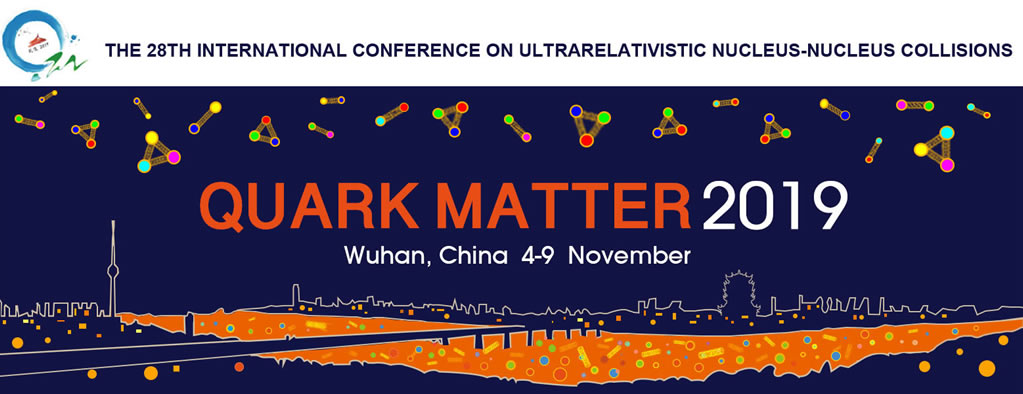Speaker
Description
The PHENIX experiment recently found a remarkably simple scaling law for the number of photons emitted in relativistic heavy ion collisions. When the direct-photon invariant yields are divided by $(dN_{ch}/d\eta)^{1.25}$, data from large systems falls onto a single curve in the low transverse momentum ("thermal") region. What is remarkable is that this is true if $dN_{ch}/d\eta$ is varied by collision energy from $\sqrt{s_{NN}}$ = 39 to 200 GeV up to 2.76 TeV, by collision centrality, or size of the colliding ions down to about $dN_{ch}/d\eta$ of 20. Data from small systems suggests a rapid turn on of the scaling behavior over a rather narrow range in $dN_{ch}/d\eta$ between 5 to 20. While these findings could have many explanations, perhaps the most intriguing is that the bulk of the thermal photons are produced near the transition from QGP to hadron gas combined with an onset of QGP formation at low $dN_{ch}/d\eta$. In this talk PHENIX complements the published results with new measurements from both small and large collision systems.
